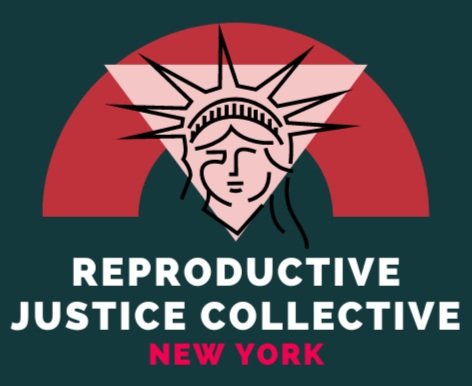The Over-Medicalization of Birth and Need for Doulas/Midwives
Birth is different from other interactions in the healthcare system: “People have different kinds of expectations and desires around childbirth care than perhaps if you break your leg. It has a different meaning for people, and they go into childbirth with different kinds of hopes and expectations, and aspirations and meaning. So when things do not go the way they had hoped, it’s meaningfully different for many women.” --Lynn Freedman, Columbia University
The U.S. is one of the most dangerous high-income countries for women to give birth. Obstetric violence in the U.S. is particularly threatening, with pregnant people reporting that their physicians ignored, stigmatized, verbally abused, and discriminated against them throughout their pregnancy and birthing process.
In a quantitative 2019 study done by Reproductive Health, researchers found that one in six women reported mistreatment during/around childbirth, and this was higher for women of color: 33% of indigenous women, 25% of hispanic women, and 23% of black women reported being mistreated, while 14% of white women reported this. Women who gave birth in hospitals, were 24 years old or younger at the time, and/or were of low socio-economic status also experienced mistreatment at higher rates. According to a different study in Social Science and Medicine, women who decline medical interventions are more likely to experience discrimination. However, much of the time, extraordinary medical interventions for non-high-risk pregnancies and births are not necessary. The over-medicalization of childbirth in the U.S. is most apparent in our 32.9% C-section rate. Pregnant people should be able to self-determine what care they receive as long as there are no significant risk factors. Doctors often plant “seeds of doubt” regarding successful vaginal birthing and are too quick to suggest C-sections, which can then lead to serious complications and more C-sections for future births. Providers often practice high-intervention obstetric care to protect themselves from malpractice suits; medical malpractice insurance for obstetricians is one of the most expensive in the country.
Currently, the primary tool at the disposal of the U.S. patient for creating change in a healthcare setting is tort litigation. However, due to statutes of limitations and punitive damages, this system doesn’t actually change much for pregnant people, and is a lengthy, expensive process. Additionally, it is difficult for patients to even pursue and seek representation because attorneys typically do not take on these types of cases. Utilizing public health principles, based in community awareness and alternative structures to medicalization (such as midwifery, doulas, etc.) could reduce maternal mortality rates and ensure all pregnant people have the care they need throughout their pregnancy and birth. Additionally, provider education and a greater connection between health infrastructure and civil society advocacy would be helpful in addressing harmful gender norms that play out throughout the pregnancy.
